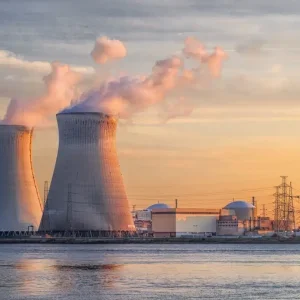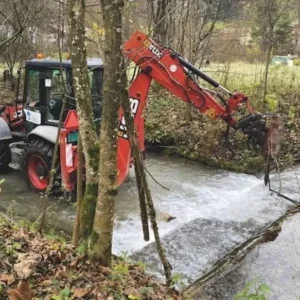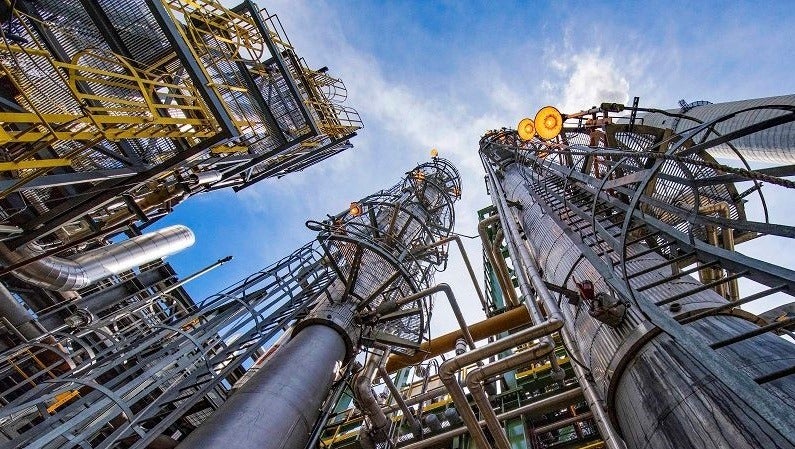
The buzz around hydrogen and carbon capture technology is nothing new – but just how big a role could they play in the future energy mix? Industry expert Corin Taylor believes both could be huge, as he explained at the recent IP Week conference in London. Dan Robinson reports.
One-and-a-half degrees Celsius is fast becoming the most talked about temperature in history, as the desired limit to how much the world has warmed since the first Industrial Revolution.
Any higher and we can expect to witness more extreme weather, rising sea levels and bleached coral reefs.
So the fact DNV GL, the world’s largest classification society and an energy specialist, envisages a 2.4C increase in the average global surface temperature by the end of this century is cause for great concern.
Given that its Energy Transition Outlook 2019 report predicts the rapid expansion of wind and solar power alongside electric vehicles, the time has come to consider how to decarbonise other industries where the answers aren’t so clear.
Norway-headquartered DNV GL suggests a huge policy response is needed to hoist alternative technologies like carbon capture, utilisation and storage (CCUS), as well as hydrogen, up the agenda.
Corin Taylor, a principal consultant in the company’s “future of gas” division, believes the scale of the energy transition is enormous but there “isn’t a single pathway to a decarbonised energy mix”.

“We forecast that we’ll see a decline in coal use over the coming decades,” he says during a talk at the IP Week conference in London last month, in which he promoted the case for scaling up hydrogen and CCUS.
“We think natural gas will remain an important source of energy but we also think we’ll see rapid growth in renewable energy technologies like wind and solar.
“But even with all this change and new battery electric vehicles, our forecast doesn’t see us meeting the Paris Agreement targets, with a global temperature rise of 2.4C – well above what’s needed to tackle the problem of climate change.
“So it just underlines the massive scale of change we’ll need to see right across the energy system.”
Why new sources are needed in the future energy mix
Although analysis by DNV GL forecasts oil demand to peak in 2022 and gas to reach its summit in 2030, it predicts 56% of the global energy mix will still contain fossil fuels in 2050.
When studying how emissions have changed across various sectors since 2010 in the US and Europe, the company found they have reduced by 21% and 23% respectively in electricity.
For buildings, they have remained the same in the US but dropped by 18% in Europe, while in transport they have risen by 5% and 2% respectively.
Taylor points out that in some cases, emissions have just been relocated to other parts of the world where heavy industry has been moved.
“If you look at the consumption of emissions from goods and services in the UK, regardless of where they’re actually made, they’re barely below 1990 levels.
“If we’re going to get to net zero in practice, we’re going to need to see major change in these hard-to-decarbonise industries,” he says.
“In industry, we’re going to need to see every furnace and kiln move from coal or gas to hydrogen, electricity or bio sources.
“We’re going to need to see CO2 captured from other industrial processes like cement manufacturing, for example.
“Most homes aren’t heated in a low-carbon way so we’re going to have to change the heating system of all these homes.
“There are 28 million homes in the UK alone – which mostly have gas boilers – and we have 30 years until the net zero target in 2050, so we have to change the heating system in a million homes every year. There’s a big question about how ordinary people afford this.
“At a global scale, you can see the scale of the change required.”
And while the transition is underway to electrifying cars – new petrol and diesel vehicle sales will be banned from 2035 in Britain – Taylor said it’s much harder to install batteries in HGVs, which make up only 2% of road traffic but are responsible for 16% of its air pollution.
“We also need to think about planes, ships and even trains,” he added.
What role could hydrogen, biomethane and carbon capture play in the future of energy?
Among the solutions to this stack of problems could be decarbonised gases, believes Taylor.
Biomethane, which is made from waste resources and therefore doesn’t add emissions to the atmosphere, can be a direct replacement for natural gas in homes or as compressed natural gas (CNG) in buses and lorries.
But it’s hydrogen that many in the industry believe could have a big role to play in the future energy mix.
As it’s produced from electrolysis of water, if the electricity used in this chemical process is low or zero-carbon then so is the hydrogen.
“We can also produce hydrogen from reforming natural gas,” adds Taylor. “To do that and make it low-carbon, we need to add carbon capture and storage to that process, otherwise you might as well just burn the gas directly.”
Carbon capture and storage – which involves removing CO2 from the atmosphere, transporting it to a storage site and depositing it often underground – is a technology that’s attracted growing interest recently.
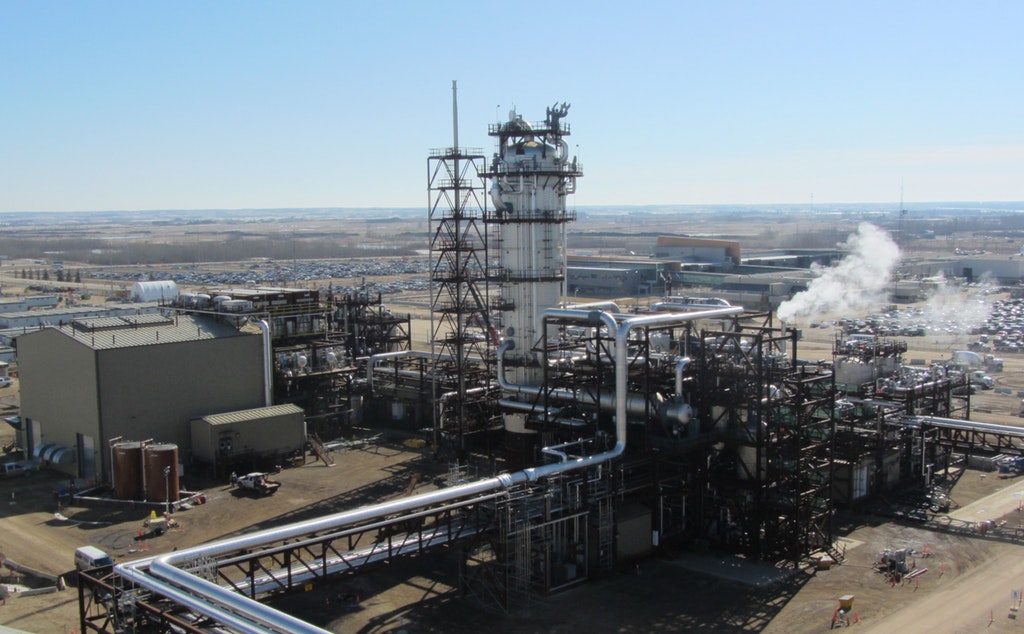
It’s not a new concept, though. Every year, 35 million tonnes of carbon dioxide is already captured from power generation, coal and gas-fired plants, and industrial sites across the world.
But at the moment it’s recycled mainly in enhanced oil recovery, in which CO2 is injected into oil reservoirs to increase the pressure and force oil out.
It’s a process used in 20% of global oil production but questions persist over whether it is just moving carbon emissions from one domain to another because if the CO2 doesn’t stay in the ground, it hasn’t been captured.
Taylor adds: “It’s important to stress that all these different decarbonised gas solutions will be needed.
“It’s not a case of one or the other – we’re going to need to see the range of options being deployed and they can really help us tackle some of these more difficult-to-decarbonise sectors.”
Alternative fuels in homes
In parts of the world where homes are heated on the gas grid, biomethane could be an alternative option as it’s a direct replacement for natural gas and doesn’t require new boilers to be installed.
Some projects in various countries have also looked at ways to blend up to 20% of hydrogen into the gas grid without a need to replace appliances.
Taylor says: “They look like some really interesting options because there’s no need to go in and make major interventions in people’s homes.

“The problem with that, though, is there’s nothing close to the amount of biomethane needed to replace natural gas.
“And with hydrogen, if you’re just blending 20% then you’re actually just saving about 7% in emissions.”
Other projects are exploring the possibility of supplying homes with 100% hydrogen in a natural gas network for heating and cooling.
“If you can do that, then you have a solution that can get you to net zero and could be potentially quite attractive in some countries,” Taylor adds.
Decarbonising transport and industry
In some cities, buses are already driving around powered by CNG – an energy source also used by some lorry fleet operators.
Taylor believes these appear to be sound investments because, while the initial capital outlay is slightly more expensive than a diesel vehicle, the fuel costs and taxation are lower – meaning a municipality or company could make their money back within a couple of years.
Hydrogen could also be an option for zero-emission transport as it’s a much quicker source for refuelling vehicles than recharging a battery, with longer range.
Increasingly, hydrogen-fuelled trucks, ships and trains are being developed too.
In heavy industry, hydrogen could again be an option to replace natural gas, such as in creating heat for glass manufacturing or as a feedstock in other processes.
For the biggest emitters, such as cement manufacturing – said to be responsible for about 5% of global emissions – on-site carbon capture technology could play an important role.
New low-carbon sources in power
In the UK, the phase-out of coal power has reduced the fossil fuel’s share of the power sector from 40% in 2012 to 7% in 2017 – while in the first quarter of 2019, less than 1% of electricity generation came from coal and oil combined.
Despite some success in this area to date, Taylor believes there will be challenges ahead in providing power when renewable sources can be relatively intermittent.
“How are we going to provide power when the wind isn’t blowing?” he asks.
“Particularly in winter periods, we might have several days at a time where we have very little wind that’s much longer than a battery can supply electricity.
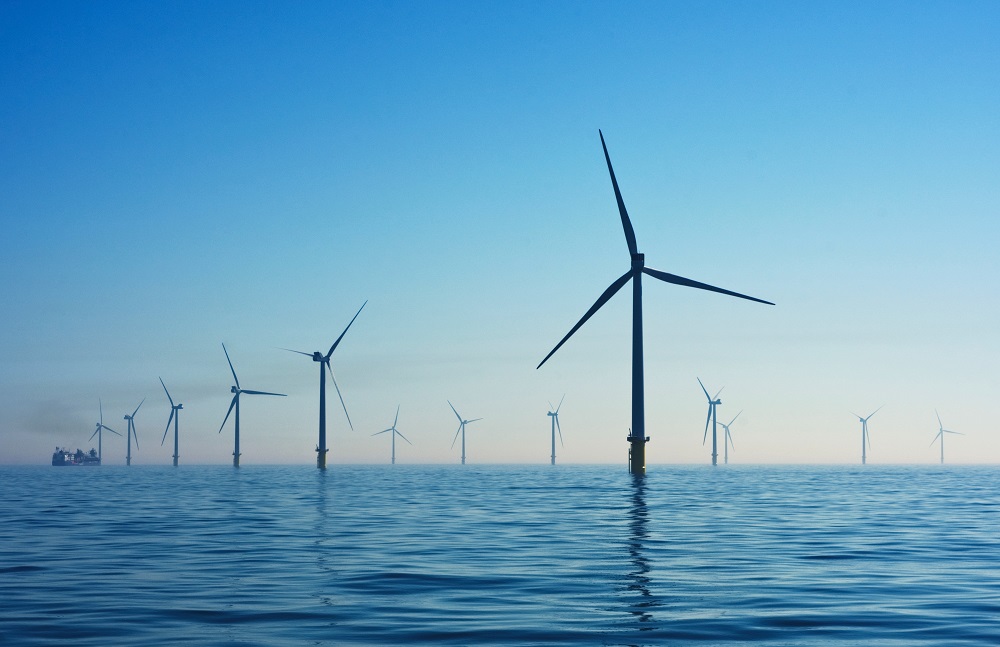
“So in this scenario, you’re going to want to have power you can rely on for a long period of time when you need it.”
Taylor suggests integrating CCUS technology into gas-fired power systems, while he believes hydrogen could also offer an option.
This would involve using excess offshore wind to produce hydrogen, storing it and then use the gas to generate electricity during times when wind speeds are much lower.
Using oil and gas assets in net-zero energy system
On the face of it, the energy transition might spell bad news for the oil and gas sector but Taylor believes there are opportunities to use its offshore assets in particular for decarbonisation.
“We could see offshore platforms powered by the electricity from a local offshore wind farm, for example,” he says.
“We could see hydrogen produced offshore and then piped to shore. And of course there’s a role for all the gas infrastructure in CCUS as well.
“So the offshore oil and gas infrastructure could play quite an important role to help the energy transition.”
DNV GL has set up the HyStreet test site near Brampton, Cumbria, where it has trialled the use of hydrogen in a purpose-built residential street.
No one lives in any of the homes but it has enabled the company’s researchers to understand the effects of leaks and pipework problems, as well as any dangers a build-up of hydrogen might create.
“We want to see whether hydrogen is as safe as natural gas is today,” says Taylor.
“If all this works, then could we see a lot of hydrogen? Is it really going to play a marginal role in our energy system? The ambition is certainly to play a major role.”
The Hydrogen Council, which brings together 60 world-leading companies in energy, transport and other industries, believes there could be 500 million tonnes of hydrogen produced annually by 2050.

This would meet just under a fifth of global energy demand and avoid six billion tonnes of CO2 emissions every year.
Other industry experts, meanwhile, believe 2,000 CCUS-equipped plants around the world could abate three billion tonnes annually within 30 years.
With the right investments, it also predicts the cost of hydrogen could more than halve over the next decade.
And as wind and solar costs continue to decline, an abundant supply of renewables could enable a move from blue hydrogen – which is produced from natural gas that’s been in carbon capture storage – to the cleaner green hydrogen obtained through the electrolysis of water.
Taylor adds: “We need an industrial-scale roll-out of these technologies if they’re to play a major role, which is a huge challenge but also a huge opportunity for both hydrogen and CCUS to really help.”
As time runs out to prevent the worst effects of climate change, the industry and policymakers will need to move quickly.


